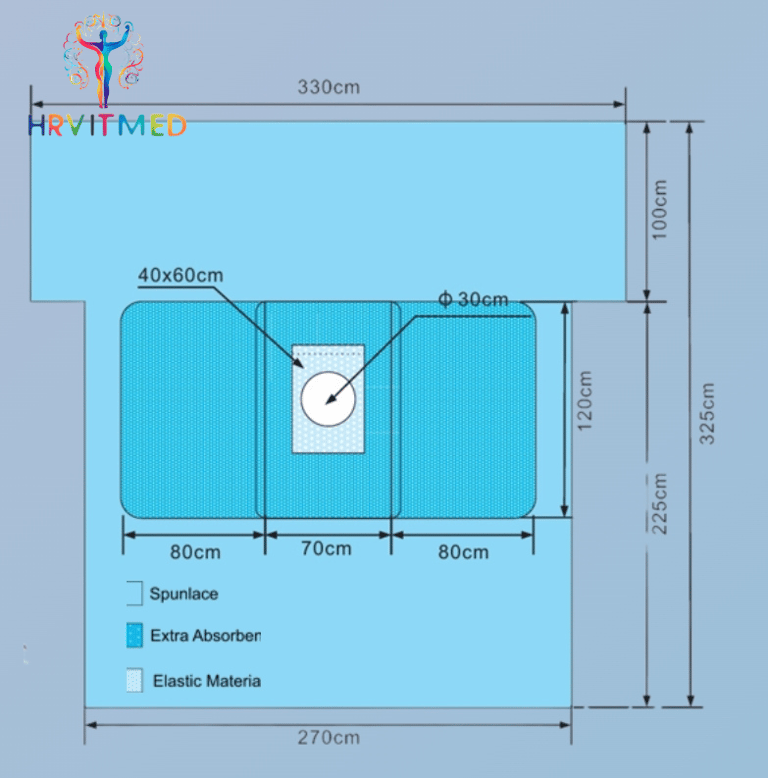The Importance of Disposable Nonwoven Surgical Packs in Healthcare
9/23/20241 min read
Understanding Nonwoven Surgical Packs
In the ever-evolving field of healthcare, maintaining hygiene and safety during surgical procedures is paramount. This is where disposable nonwoven surgical packs play a crucial role. These packs are pre-assembled kits that contain all necessary surgical instruments and materials required for various medical procedures. Their disposable nature ensures that each pack is used only once, significantly reducing the risk of contamination and infection.
The Benefits of Disposable Nonwoven Surgical Packs
One of the most significant advantages of using disposable surgical packs is the time they save for medical professionals. Traditionally, surgical teams had to gather and sterilize instruments before each procedure, a task that could be time-consuming and prone to error. With nonwoven surgical packs, everything is readily available in sterile, single-use packages, allowing for quicker preparation and a more streamlined surgical process.
Furthermore, these packs contribute to better patient safety. They are designed to meet stringent hygiene standards and are packaged in a way that minimizes the possibility of exposure to pathogens. The use of disposable materials reduces the chances of cross-contamination that can occur with reusable instruments, reinforcing the health and safety protocols in medical institutions.
Environmental Considerations
While disposable products can sometimes face scrutiny regarding environmental impact, advancements in manufacturing processes and material use are changing the narrative. Many nonwoven surgical packs are now made from biodegradable materials, aligning with an increasing emphasis on sustainability in healthcare. This progress allows facilities to maintain high levels of patient safety without compromising their commitment to environmental responsibility.
In conclusion, disposable nonwoven surgical packs represent a significant advancement in the surgical field. They enhance efficiency, promote safety, and address environmental concerns through innovative material use. As healthcare continues to adapt and improve, the integration of these essential tools will undoubtedly play a vital role in shaping the future of surgical procedures.
© 2024. All rights reserved.


